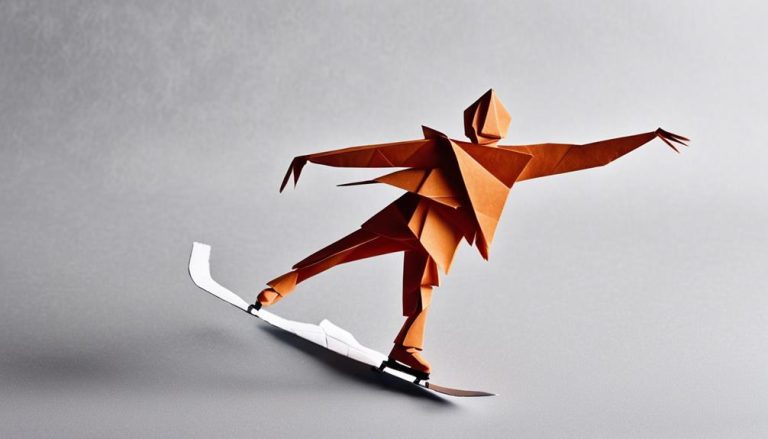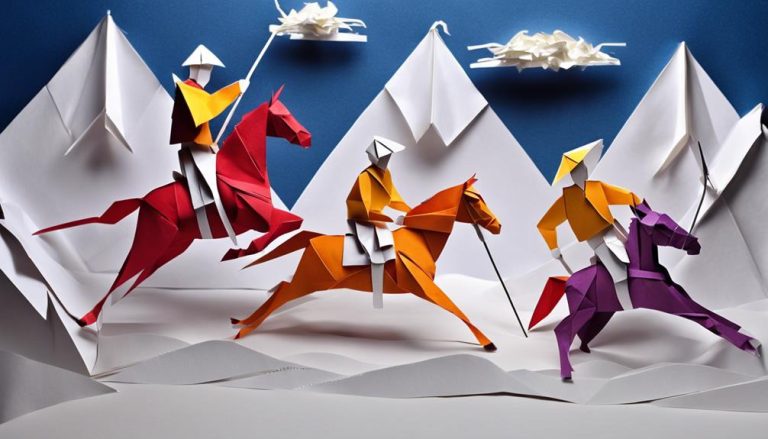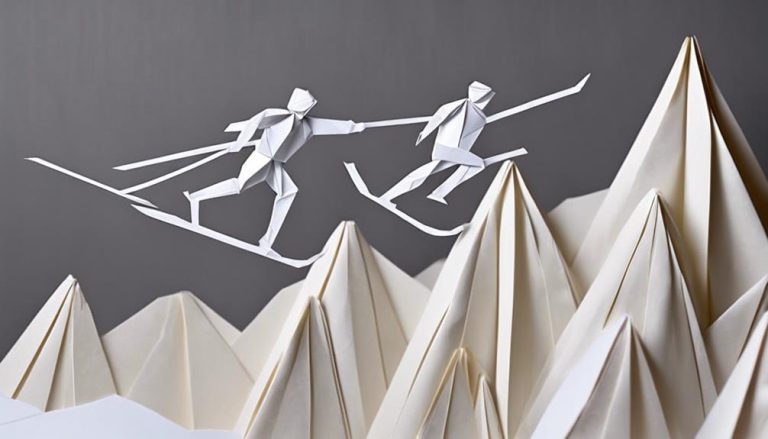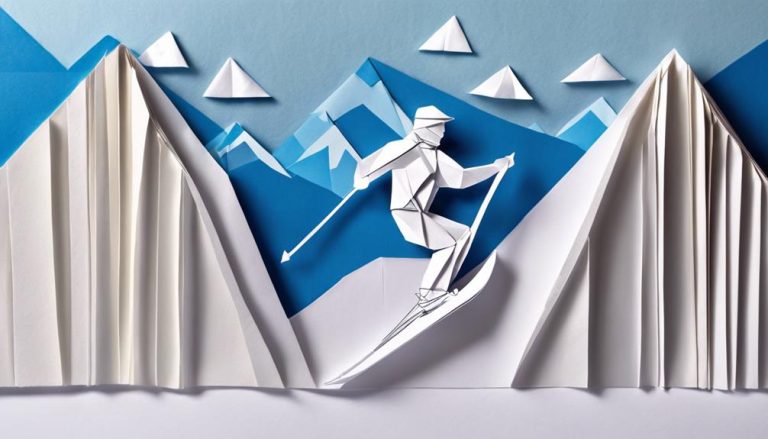General Rules of Alpine Skiing
In alpine skiing, races are typically won by the skier who completes the course in the shortest time. Times are measured to the hundredth of a second, and the skier with the fastest time is declared the winner.

There are several different types of alpine skiing races, including slalom, giant slalom, super giant slalom, and downhill. In slalom and giant slalom races, skiers must navigate a course with a series of gates, which are marked by pairs of poles. Skiers must pass through the gates in a specific order and are penalized for missing a gate or skiing out of the course. In downhill and super giant slalom races, skiers must navigate a longer and more challenging course with a variety of turns and terrain changes.
In addition to overall time, skiers may also be scored on their technique and style. Judges may award points for clean turns, smooth transitions, and good form. The skier with the highest overall score is declared the winner.
I hope this information helps you understand how scoring works in alpine skiing. It’s always a good idea to familiarize yourself with the specific rules of the game before competing.
Common Terminologies in Alpine Skiing
Here are a few common terms that you might hear while watching or participating in alpine skiing:
- Carving: A skiing technique that involves making clean, precise turns by digging the edges of the skis into the snow.
- Edging: The act of applying pressure to the edges of the skis to control their direction and speed.
- Fall line: The path that a skier would follow if they were to allow gravity to pull them straight down the mountain.
- Fluid dynamics: The study of how liquids and gases move and behave, which is an important factor in ski design and performance.
- Moguls: Bumps or mounds of snow that form on a ski run due to the passage of many skiers.
- Powder: Deep, dry snow that is often found off-piste (off the groomed trails) and can be challenging to ski on.
- Stance: The position of a skier’s body and feet on the skis.
- Terrain park: An area on a ski mountain that is designed for freestyle skiing and snowboarding, with features such as jumps, rails, and boxes.
- Traverse: The act of skiing across a slope rather than down it.
- Wedeln: A skiing technique that involves making large, sweeping turns with the whole body.
Penalties in Alpine Skiing
In alpine skiing, there are several rules and regulations that skiers must follow to ensure that the competition is fair and safe. Violations of these rules may result in penalties, which can vary depending on the severity of the offense. Here are a few common penalties in alpine skiing:
- Missing a gate: In slalom and giant slalom races, skiers are required to pass through a series of gates marked by pairs of poles. Missing a gate or skiing out of the course can result in a penalty.
- Interfering with another skier: Skiers are not allowed to obstruct or interfere with the progress of their opponents. Violations can result in penalties.
- Dangerous skiing: Skiers are required to ski in a safe and controlled manner and are not allowed to engage in dangerous or reckless behavior. Violations can result in penalties or disqualification.
- Equipment violations: Skiers are required to use equipment that meets certain standards and regulations. Violations, such as using illegal skis or bindings, can result in penalties.
Penalties in alpine skiing may be enforced by race officials and can include time penalties, disqualification from a race, or other sanctions. It’s important to always follow the rules and ski safely while participating in alpine skiing.
10 General Rules of Alpine Skiing
- Skiers must wear appropriate protective gear, including a helmet, at all times.
- Skiers must follow all safety rules and regulations, including skiing within their ability level and staying in control of their speed and direction.
- Skiers must follow the rules of the race or event and show good sportsmanship at all times.
- Skiers must respect the authority of the race officials and follow their instructions.
- Skiers must use common sense and good judgment at all times, and must never engage in any behavior that could potentially harm themselves or others.
- Skiers must never ski in a reckless or dangerous manner, and must always be aware of their surroundings.
- Skiers must never ski under the influence of alcohol or drugs.
- Skiers must never tamper with their equipment or modify it in any way that could affect its performance or safety.
- Skiers must always follow the ski resort’s rules and regulations, including staying within marked trails and respecting closed areas.
- Skiers must always follow local laws and regulations regarding the use of ski equipment and the use of ski slopes.
It’s important to always follow these rules and show good sportsmanship while participating in alpine skiing. By following these guidelines, skiers can ensure that the sport is enjoyed safely and responsibly.
FAQs
- What are the different types of Alpine skiing?
There are several types of Alpine skiing including: downhill, slalom, giant slalom, super-G, and combined. Downhill is the fastest and most dangerous discipline, while slalom and giant slalom involve skiing between gates and require quick turns. Super-G is a combination of downhill and giant slalom, while combined includes one run of each discipline. - What equipment is needed for Alpine skiing?
A skier needs skis, boots, poles, and a ski suit. They also may choose to wear protective gear such as helmets, goggles, and back protectors. - What are some of the most popular Alpine skiing destinations?
Some of the most popular Alpine skiing destinations include the Swiss and French Alps, the Rocky Mountains in the US, and the Japanese Alps. - How does one learn to ski?
One can learn to ski by taking lessons from a professional instructor. There are also ski schools that offer classes for all skill levels. - What are some safety tips for Alpine skiing?
Some safety tips for Alpine skiing include: taking lessons from a professional instructor, wearing protective gear, skiing within your ability level, staying in control, and being aware of other skiers and snow conditions. It is also important to be aware of ski resort rules and to follow ski patrol instructions.






